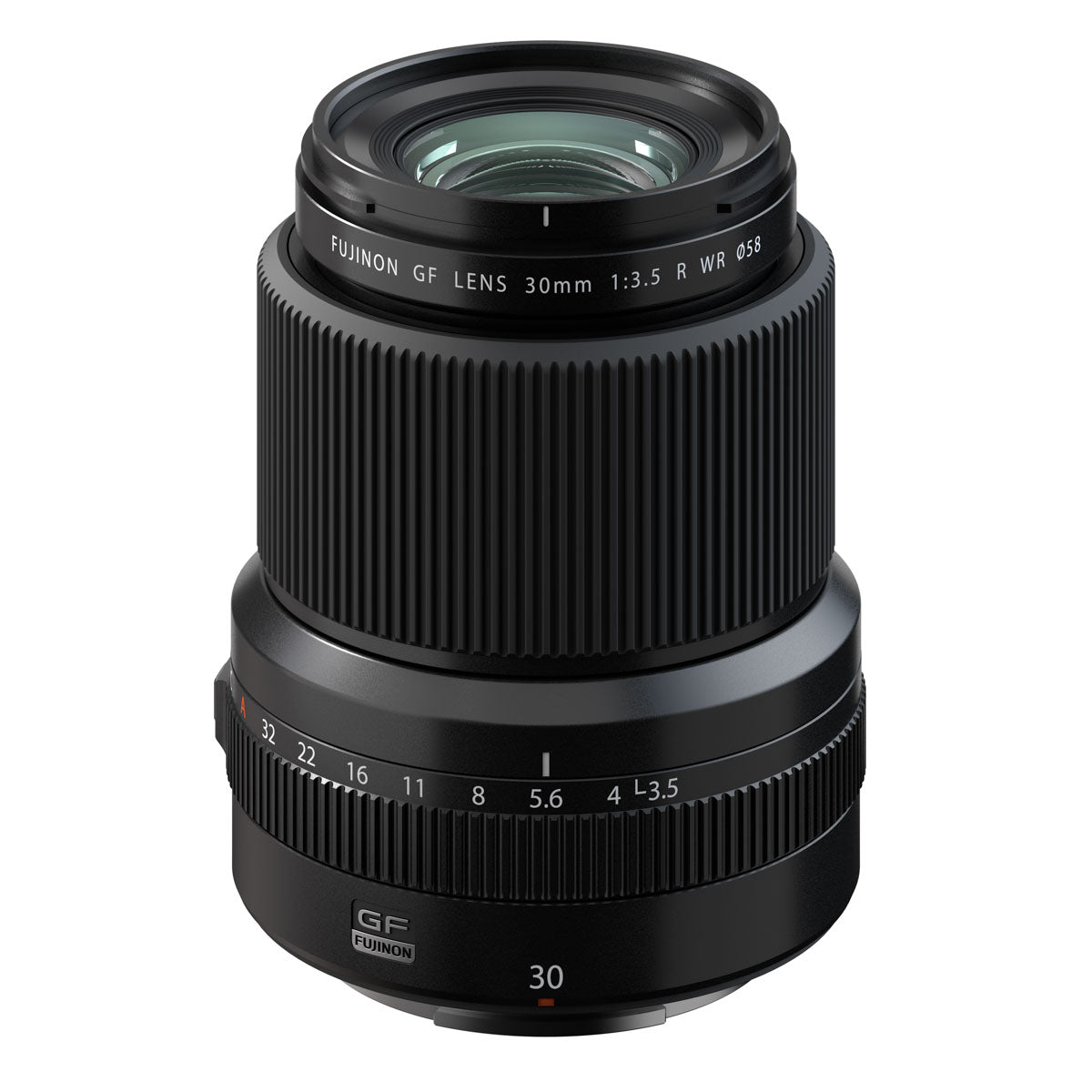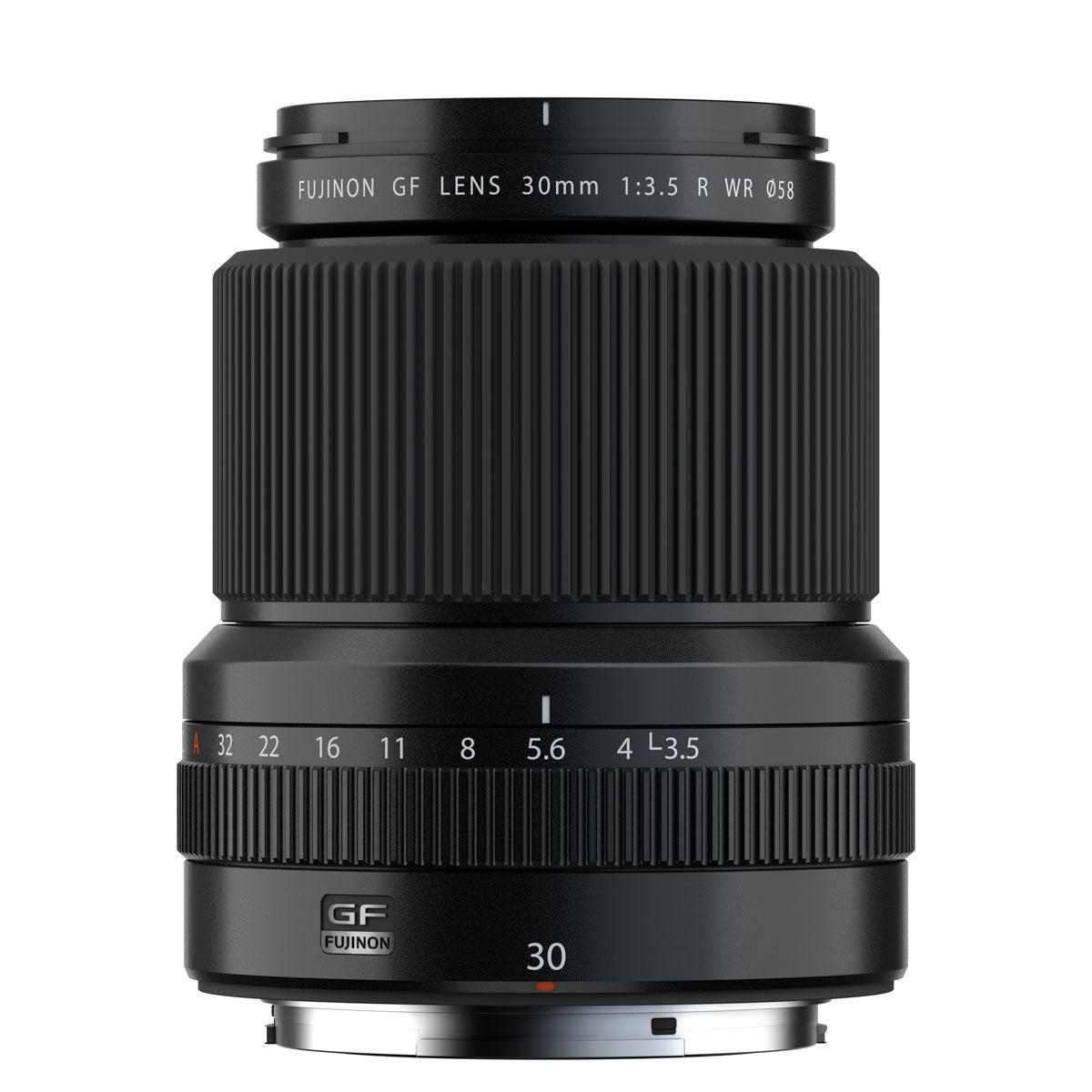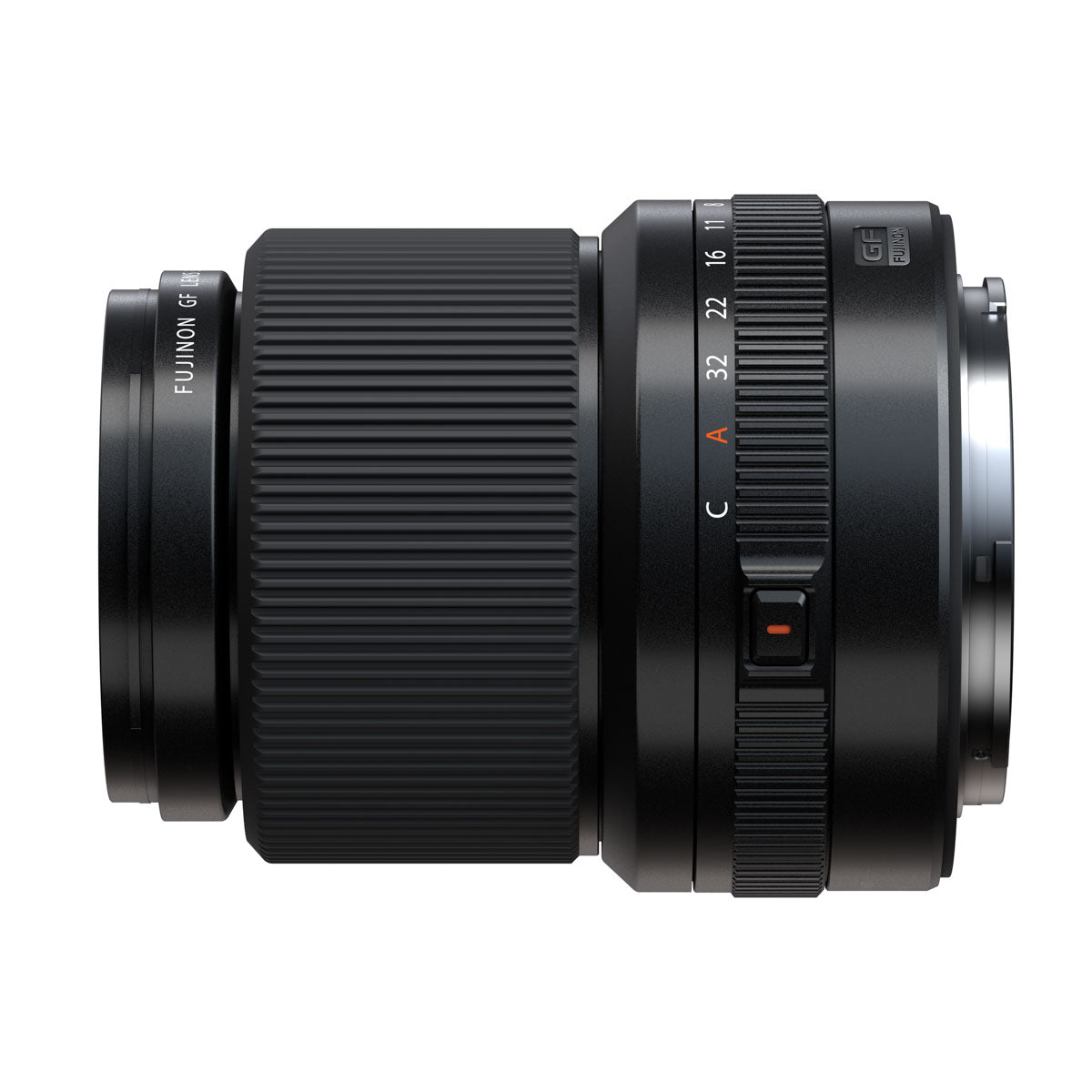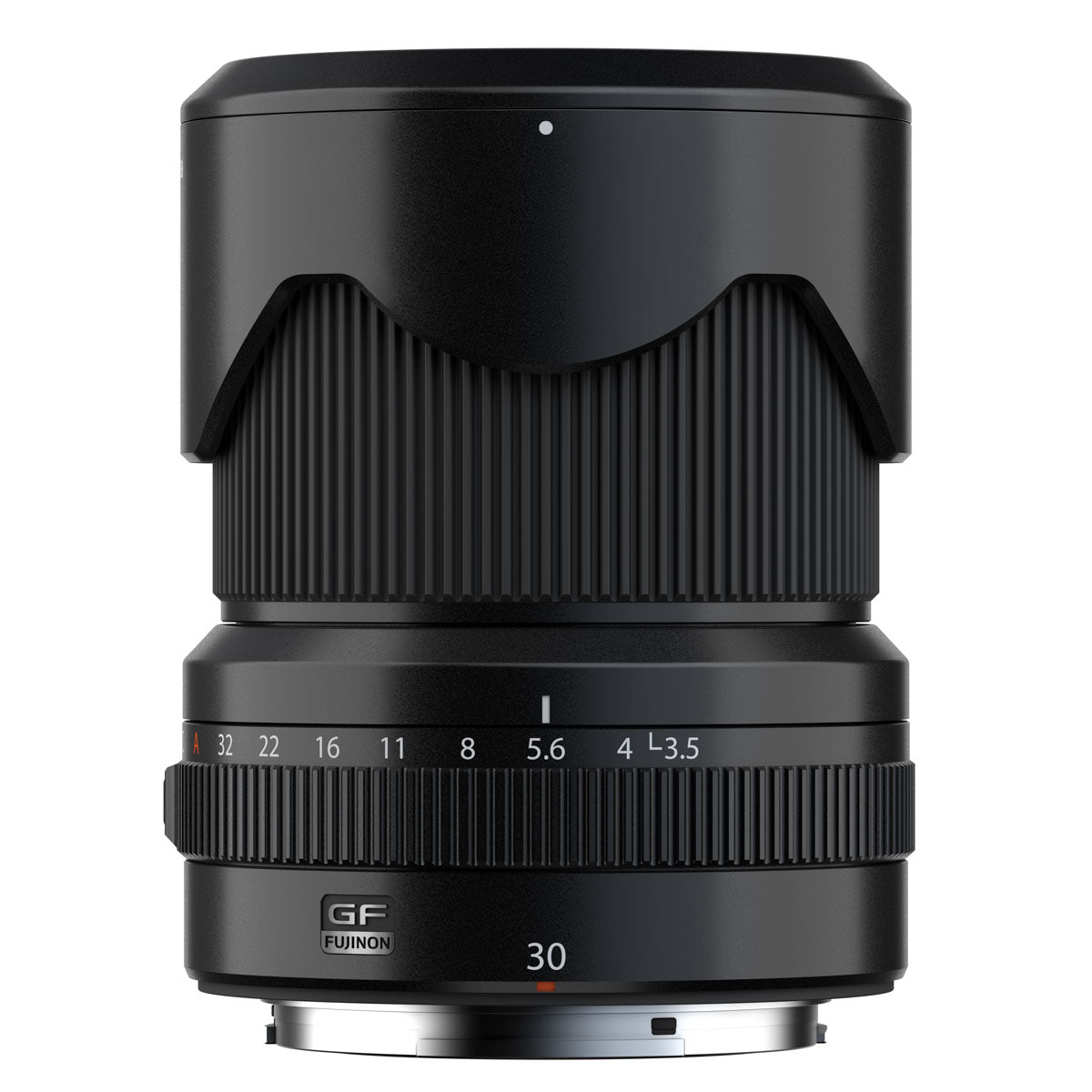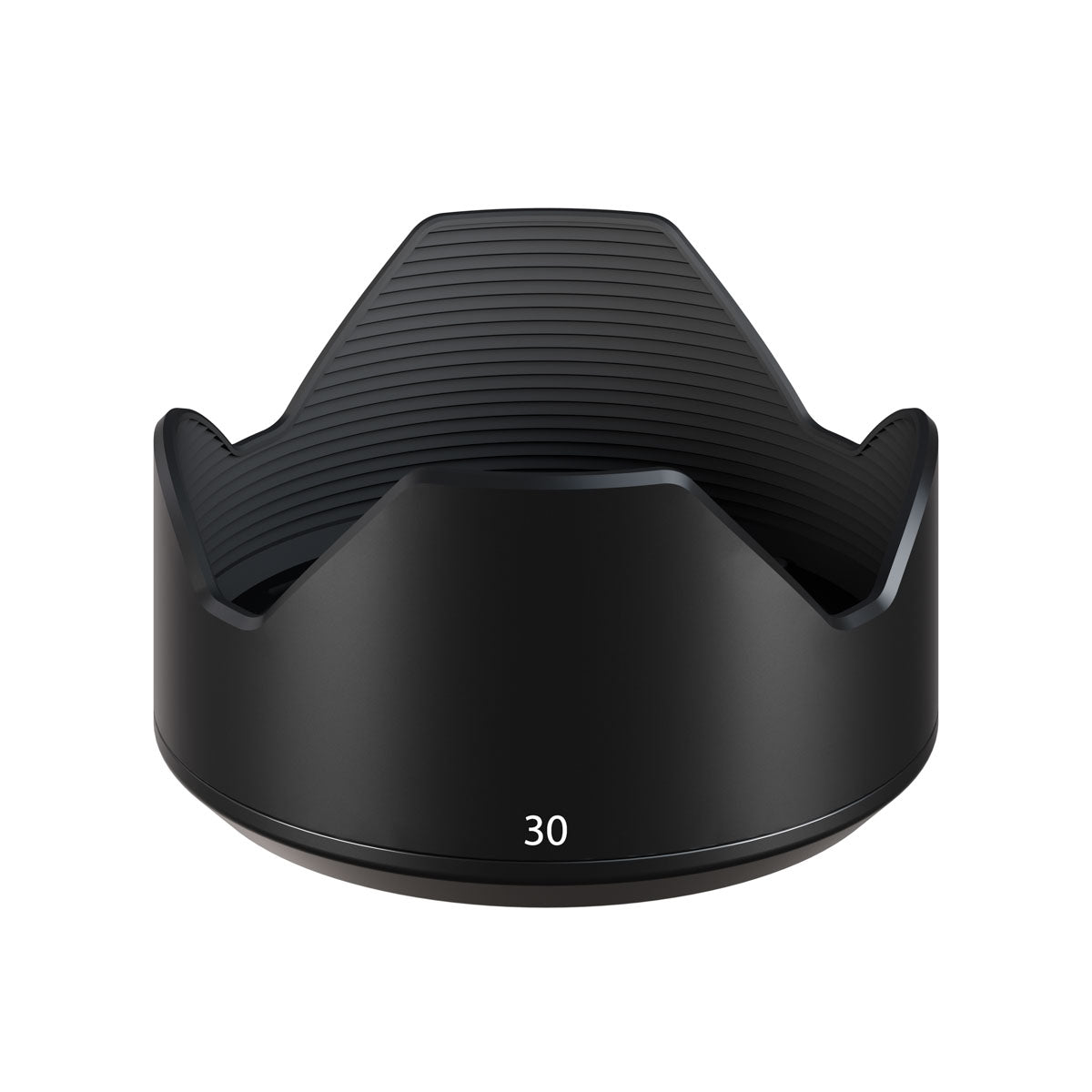Product Description
Fujifilm GF 30mm f5.6 T/S Lens
Broaden Your View
Experience photography from a new perspective with the GF 30mm F3.5 R WR lens. Its 24mm*1 angle of view, once deemed super wide-angle, has now become a standard for wide-angle lenses, capturing the magic of every scene with immersive depth and detail.

Reality Reproduced
Revel in the beauty of sharp edges and fine details reproduced with impeccable clarity. The GF 30mm F3.5 R WR lens showcases excellent edge-to-edge sharpness, unleashing the full potential of GFX sensors to transform your vision into art. Striving for high image resolution, it achieves lifelike realism, conveying subtle nuances rather than harsh sharpness.
- Versatile Wide-Angle Perspective: 24mm equivalent focal length, providing a standard for wide-angle lenses.
- Exceptional Edge-to-Edge Sharpness: Uncompromising image quality across the entire frame, maximizing the potential of GFX sensors.
- Realistic Image Reproduction: High resolution for lifelike and nuanced portrayal, avoiding harsh sharpness for a gentle touch.

See More of the World
Designed to elevate your photography journey, the GF 30mm F3.5 R WR lens empowers you to explore with confidence.
- Compact Design: Weighing approx. 510g (Excluding cap and hoods), it seamlessly integrates with your camera for on-the-go versatility.
- Fast and Silent Autofocus: Almost imperceptible autofocus ensures seamless focusing, allowing you to concentrate fully on your craft.
- Weather-Sealed Construction: Dust and moisture resistance with a fluorine coating on the front lens element, protecting your creativity in challenging conditions.

Dust and Moisture-Resistant
Operable down to -10°C, the GF 30mm F3.5 R WR is engineered to withstand challenging environments, safeguarding both your lens and your creative process from the elements.
Elevate your photography with the GF 30mm F3.5 R WR lens and embark on a journey of exploration and expression, where every frame tells a story of boundless possibility and unparalleled vision.

| LENS CONFIGURATION | 16 elements in 11 groups (includes 3 aspherical, 1 super ED and 2 ED elements) |
| FOCAL LENGTH (35MM FORMAT EQUIVALENT) | 24mm |
| ANGLE OF VIEW | 84.7° |
| MAX APERTURE | F5.6 |
| MIN APERTURE | F32 |
| APERTURE CONTROL | 9(rounded diaphragm opening): 1/3EV (16 stops) |
| FOCUS RANGE | Approx 30cm - ∞ |
| MAX MAGNIFICATION |
0.21x |
| EXTERNAL DIMENSIONS (DxL) | 87.1x138.5mm |
| WEIGHT | 1,340g |
| FILTER SIZE | Φ105mm(uses adapter ring) |

